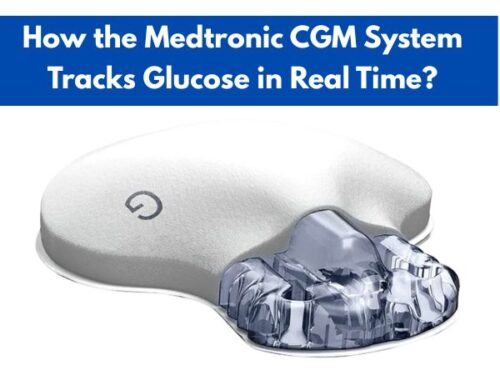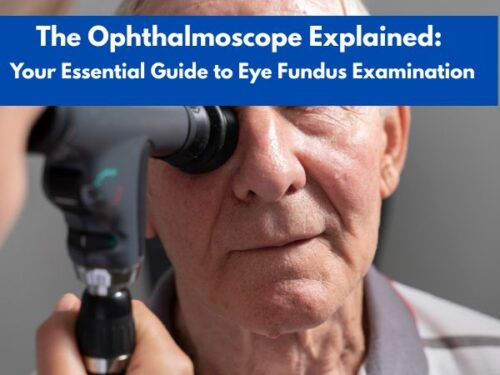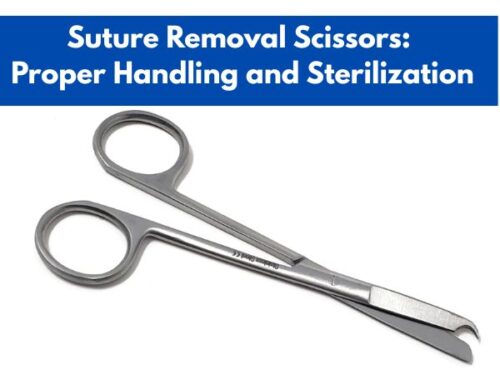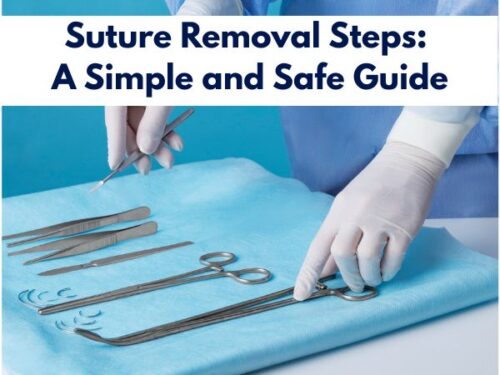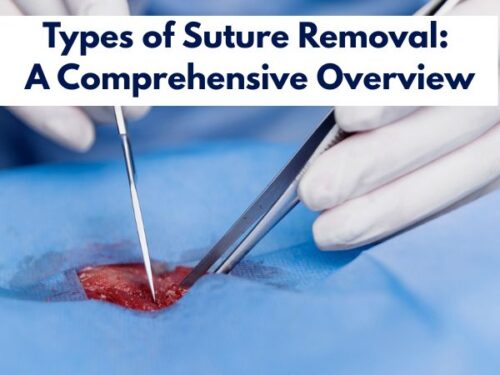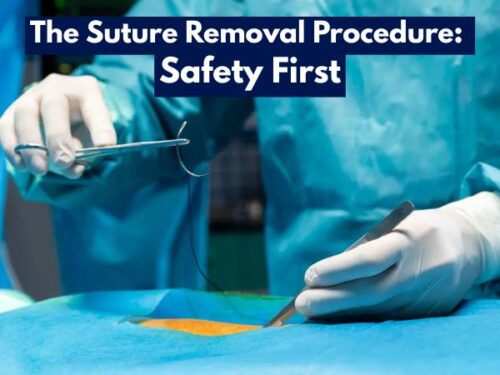Disposable ESU Grounding Pad vs Reusable Grounding pad
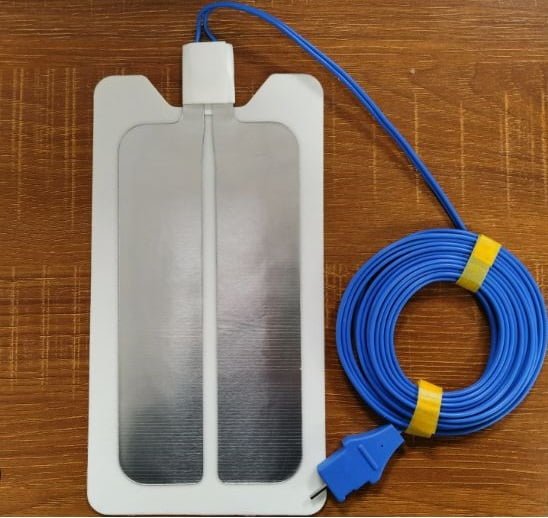
In modern surgery, the use of electrosurgery for cutting, coagulating, and fulgurating tissue is a standard practice. A critical component for ensuring patient safety during these procedures is the grounding pad, also known as a return electrode. Choosing the correct type—disposable or reusable—is essential for both procedural efficiency and preventing patient harm. This guide provides a detailed comparison between Disposable ESU Grounding Pad vs Reusable Grounding pad to help you understand the key differences and make an informed decision.
What is electrosurgery?
During different kinds of surgical procedures, there may arise a need to cut, fulgurate, or coagulate body tissue. For this purpose, the employment of high-frequency electric current is a common practice. This type of surgery conducted by utilizing electrical current is termed electrosurgery.
What is a grounding pad?
In the monopolar version of electrosurgery, two electrodes are attached to the patient’s body. One of these electrodes is called a primary electrode, one end of which is attached to the body tissue while the other end is in connection with an AC source. As soon as the primary electrode receives current from the AC source, it runs it through the tissue under the target. Once the job has been done, the need is to send this current back to the AC source. For this purpose, a return electrode is connected to another part of the body in the form of a metallic plate. This return or neutral electrode, as its function suggests, is called a grounding pad.

Return electrode or grounding pad being used during a monopolar electrosurgery
In recent times, two types of grounding pads are available in the market:
- Disposable ESU grounding pads
- Reusable grounding pads
Disposable ESU grounding pads
The disposable electrosurgical unit grounding pads are sterile plastic-based systems that are coated with metal to serve as an electrode. These disposable surgical systems are also called sticky pads or single-use pads. A gel or an adhesive is applied to them prior to use so that they can easily be attached to the patient’s skin.

Disposable ESU grounding pad
Characteristics of disposable ESU grounding pads
The single-use ESU grounding pads possess the following characteristics:
- These disposable grounding pads are available in different sizes.
- Moreover, these grounding pads are economical enough to fit a tight economical budget.
- Due to their sterility, they are safer to use on the skin as the chance of the transmission of an infection is on the lesser side.
- Furthermore, these disposable grounding pads, it is uncomplicated to clean up and dispose off after use.
Risk factors associated with the use of disposable grounding pads
Sometimes, if the chosen size of the disposable grounding pad is not suitable according to the patient i.e. if it is too small, the returning charge may get localized in a smaller area which may cause moderate to severe burns to the skin. Therefore, their surface area must be suitable enough to render the charge density low otherwise a chance of static buildup remains.
Reusable grounding pads
The reusable grounding pads serve the same function as that served by a disposable one but only add up the advantage of multiple uses. These are non-sterile, latex-free, and cost-efficient grounding pads.
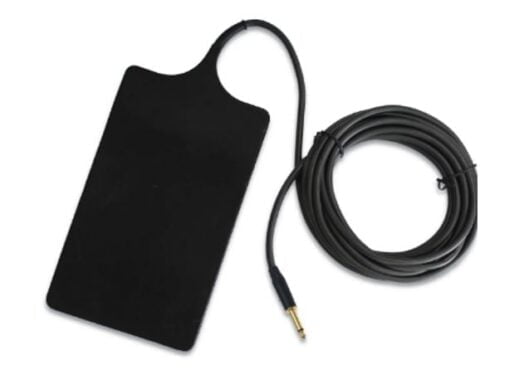
Reusable grounding pad
Characteristics of reusable grounding pads
The characteristic features of the reusable grounding pads are as follows:
- Owing to their appropriate size, the charge density becomes very low so the chances of tissue burn with heat drop are even lower than those with a disposable grounding pad.
- These reusable grounding pads are also suitable for application of the tissues which are not sufficiently conductive such as scar tissues, hairy areas, fat tissues such as in obese patients, etc.
- The reusable grounding pads are cost-effective and highly versatile.
Risk factors associated with the use of reusable grounding pads
Despite being both environments as well as budget-friendly, the reusable grounding pads have some major risk factors associated with them:
- Sticking as well as subsequent peeling of the skin with the device once it is removed
- Severe allergic reactions to the material of the grounding pad
- Hypersensitivity reactions
Comparison of Disposable ESU Grounding Pad vs Reusable Grounding pad
| Parameters | Disposable ESU grounding pad | Reusable grounding pad |
| Number of uses | Single-use | Multiple-uses |
| Building material | Plastic coated with metal | Non-woven material with foam backing |
| Sterility | Sterile | Non-sterile |
| Pad-to-skin contact area | Well-vascularized muscular surface e.g. upper thorax, thigh, buttock, etc. | Smooth as well as hairy, scarred, or fatty tissue |
| Size range | Vast | Limited |
| Skin damage | Lesser chances | Relatively higher chances |
| Latex-free | Yes | Yes |
| Allergies/hypersensitive reactions | Lower chances | Significant chances |
| Peel and dispose off | Easy to Peel and dispose off | Difficult to peel due to skin sticking |
| Cost | Cost-effective | Cost-effective |
Conclusion
Grounding pads or the return or neutral electrodes are the electrosurgical instruments employed to receive and send the alternating current back to the AC source. Whether these are disposable or reusable, the purpose they serve is similar. However, what differs Disposable ESU Grounding Pad vs Reusable Grounding pad is their characteristic features.
On one side, the disposable versions of the grounding pads are sterile, easy to use and easy to dispose off after use, cost-friendly, as well as safer to use. On the other hand, reusable grounding pads are non-sterile, environment-friendly, and can be applied on hairy, scarred, or fatty tissue.
Keeping in mind their characteristics, it is up to the physician to choose the right kind of ESU grounding pad based on the type of surgery to be performed.













